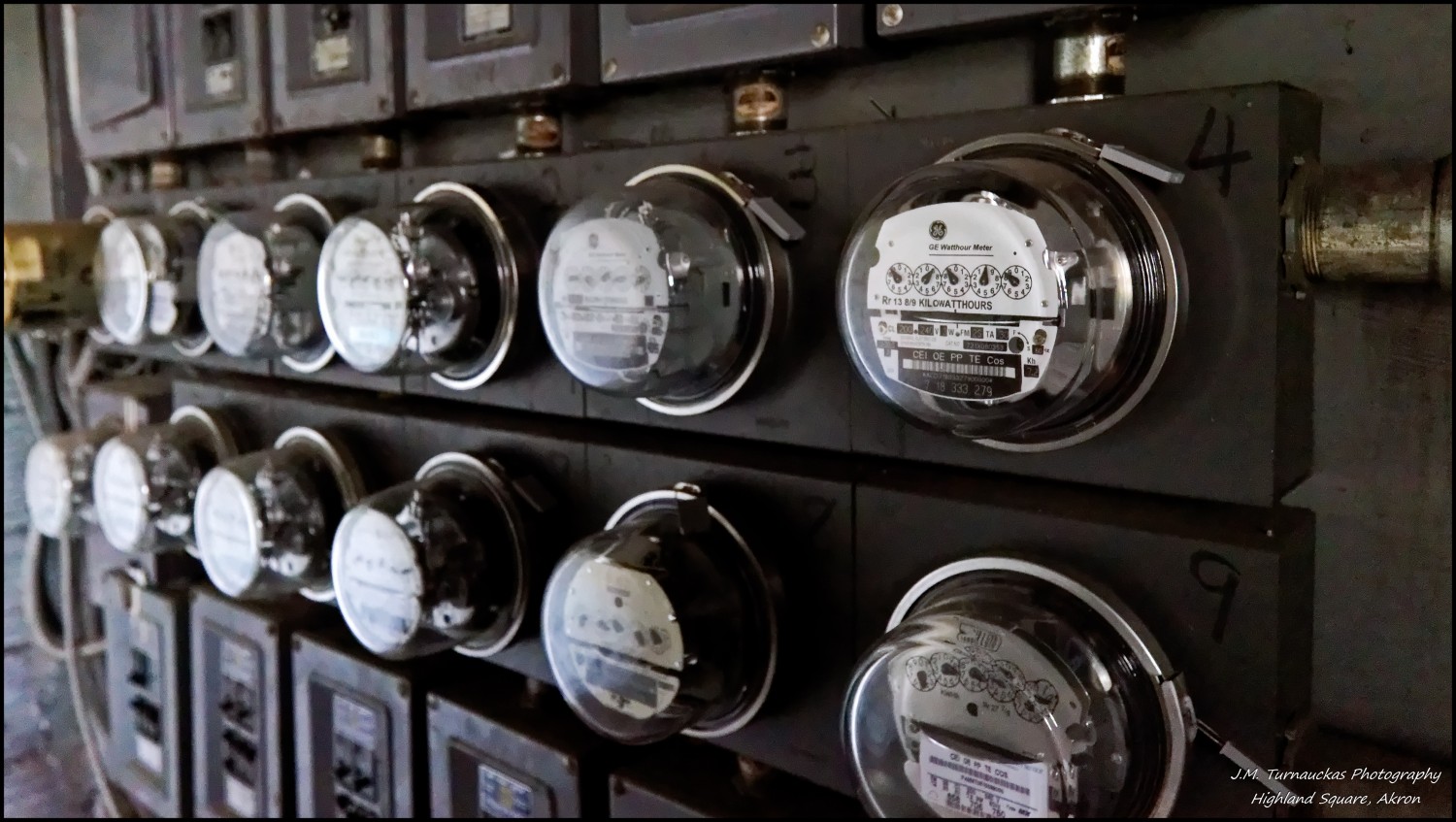Personal Divestment to a Living Future
The End of the Internal Combustion Engine and the rapidly approaching Fossil-Fuel-Free World
A couple years ago, I began to discuss the idea that the end of the internal combustion era was finally in sight, along with the overall rapid decline of a fossil fuel– driven world. I think some folks felt it was a premature pronouncement—yet in more recent days, the prediction has begun to pick up momentum. Recent climate talks, scandals by Volkswagen and the emergence of ever-more electric vehicle platforms have combined to give further weight to my prediction. To be clear—I think we will see the end of fossil fuels as the predominant fuel source for the world within our lifetime—and the reign of the internal combustion engine has a scant two decades left.
There are several trends to look at:
The Rise of Electric and the Fall of the Internal Combustion Engine (ICE)
The electric car has gone from a liability to an asset.
I bought my first electric car nearly twenty years ago—the Corbin Sparrow. It was cool looking but spent more time in the garage than on the road—it was bleeding edge and mostly bleeding. Now I have a Tesla, and apart from being too pricey (the only thing wrong with it), it is without a doubt the best car I have ever experienced in nearly every way possible. It seats seven, has nearly as much storage as a minivan, goes 0-60 in under five seconds, and is absolutely quiet. It receives upgrades with wireless software downloads and keeps getting better the longer I have it. At a Tesla Super Charger Station, a car can charge to full 260-mile range in 20 minutes for free. I haven’t been to a smelly, polluting gas station in over a year. Once the cost of a Tesla becomes equal in price to a gas engine (only a few years away), it’s game over.
The price of renewable energy has dropped precipitously and improved dramatically—when I designed my first net zero home for a client a decade ago solar panels were 9-11% efficient versus 20% efficient and are now about ¼ the cost per installed watt as they were back then. Those are impressive gains and I predict there will be similar jumps ahead. Forget about the difference in batteries for both cars and homes! Tesla’s Powerwall lithium ion batteries are vastly superior to the polluting and inefficient lead-acid and nickel-metal-hydride batteries that were the go-to solution for decades. In the last couple of years, significant progress on battery development has began to open up exciting new possibilities.
While too many Americans are still in denial about climate change, the ranks of the ignorant and foolish are quickly diminishing under the undeniable weight of evidence that climate change is both happening at an alarming rate—and definitely caused by human activity. From the papal encyclical to the global COP 21 agreements and the rise of the divestment movement, momentum is finally shifting to act on climate change.
In the end, like too many things, it is money—not altruism—that will result in sudden positive shifts in the world’s energy paradigm. History has been clear on this front in so many ways—when presented with a better paradigm and equal (or even nearly equal) costs, people rapidly and willingly dump the old paradigm for the better. Once a trend even begins to become inevitable, the market begins to shift, and the underlying infrastructure that has subsidized the current paradigm quickly dissolve and further hastens the change. As quickly as the horse and buggy was replaced by the ICE automobile, so too will electric cars and renewable energy replace ICE engines, coal, diesel, and petroleum. We will be leaving (thankfully) a lot of oil in the ground.
I believe that in less than two decades, internal combustion engines in cars will feel about as relevant as Betamax cassette tapes (for those who remember them), and there will be a rapid and sudden shift in the market after a short (10-15 year) transition period starting about now. Toyota, Volkswagen, Chevy, Ford—they are all racing to get into the electric car game. Alternative vehicles and micro cars like the Renault Twizy, electric bikes, better public transportation and self-driving vehicles will further drive a stake into the old ways. Lastly and significantly, changes in driving patterns and more walkable and bikeable cities mean that more and more people will simply do without a car, which is an even better step. Car ownership is no longer the rite of passage for young Americans that it used to be.
Solar has reached grid parity in many markets around the world and in a few US markets like Hawaii and Alaska, and the economics will shift for most of the world within the next decade. Much like electric cars—the result of using solar is infinitely better as an experience—so that once it is equal in price, it’s the end of the road for “conventional” fossil fuels.
Solar City’s business model is proving highly profitable, allowing for solar deployment without upfront capital by building owners in markets where they operate. Payback times are dropping fast, and the price for a net-zero home system is now no larger than the price of a good automobile. There is a lot of work to do to change our grids and utility systems, but I think the transition will be swift and positive. Imagine a world without air pollution, oil spills, strip coal mining, and deadly foreign wars propped up by the necessity of a giant military industrial complex. You can see why there were so many efforts for so long to squash and hinder progress in renewables.
The following chart explains my predictions of our rapid change to the new energy paradigm globally.

Energy Prediction Timelines
Between now and 2030, two major changes in technology and a third overarching change in multiple technologies completely change the energy game.
- Automakers begin to dump the ICE engine and as uptake continues, the entire petroleum and ICE infrastructure begins to fall apart rapidly. Cars have short lifespans—so as cars are pulled from the road, they aren’t replaced. Petroleum use, while still necessary for air travel, begins a rapid slide to obscurity. RIP!
- Photovoltaics and wind (and a few other sources) become cheaper than fossil fuel resource extraction everywhere, and the market simply folds on coal and natural gas and is quickly made up by renewables. As renewable market share increases and economies of scale and competition kick into high gear, they will continue to improve in both economics and efficiency. By 2040 the fossil fuel era of humanity comes to an end, and by 2050 fossil fuel accounts for a fraction of global energy use.
- Overall global energy use will continue to decline—even as the planet adds two billion more people in the timeframe shown in the graph. Continued rapid improvements in energy efficiency and incredible new ways to understand and interface with energy result in radical improvements. Other changes include the rise of computers that use a fraction of the energy with significantly more computing power, appliances and equipment that also are radically more efficient—huge improvements in lighting, building design, building envelopes, and improvements by industry in all sectors. We’ll have 20% more people by 2050 and use 20-30% less energy than we do now overall—and 80% will come from renewables.
Other energy predictions include:
- An abandonment of nuclear energy as unsafe, immoral, and economically backwards.
- A wholesale change in how our cities function that de-emphasizes the car and instead prioritizes human locomotion and public transportation.
- A moratorium on large-scale hydroelectric systems that are ecologically damaging, and the rewilding of rivers worldwide. As current major dams reach their useful lifespan, they will simply be decommissioned and never replaced again.
A lot can happen in the next few decades, and big questions remain. What will happen when the world’s energy is democratized? How will traditional energy players adapt? How will utilities change over the next few decades? How will government policies help or hinder the transition?
What can we all do to hasten the change to this future?
Personal Divestment
The fossil fuel divestment movement is growing rapidly around the world as institutions and organizations agree to purge their investment assets, including stocks, bonds, and investment funds from companies that are directly tied to the fossil fuel industry. Since 2014, several hundred organizations have made significant pledges that now total over $50 billion and growing. Divestment helps shine a light on the contributions of this industry to climate change and stigmatizes further investment into unsustainable energy sources.
But divestment isn’t just for large organizations. All of us can join in and begin to divest as individuals and grow the momentum to rapidly eliminate fossil fuels from our lives.
***Create a cool sticker for Personal Divestment –
“I’m Divesting from Fossil Fuels and Investing in a Living Future”***
Here are a few things you can do to personally divest:
Step One – Lobby your employer to divest from fossil fuels for all of its assets.
Step Two – Divest all your personal investments from fossil fuels, including where you bank and which credit cards you use. Many large financial institutions have ties to entities you likely don’t support! Check out the ILFI credit card from Beneficial State Bank for a better option, and consider putting your money into funds that support renewables: http://fossilfreeindexes.com
Step Three – Purchase 100% of your electricity from green energy sources. Many utilities offer a green energy purchase option.
Step Four – Trade in your gasoline car an electric vehicle or better yet a bicycle! Stop buying petroleum directly. My family has gone all electric, and it’s been liberating to not have to go to the pump!
Step Five – Buy a solar array for all your home’s power needs.
Step Six – Live locally and give up flying. I’m nowhere near to being able to do this, but for many it can be a significant step, since flying consumes so much fossil fuel.
For more information on the divestment movement:


